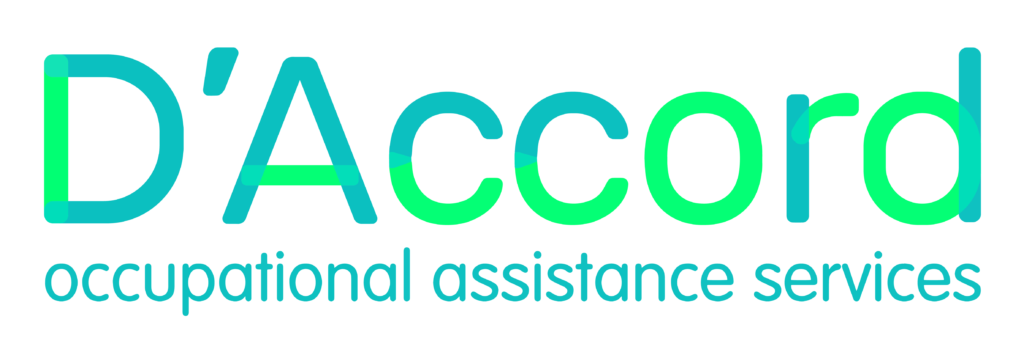Workplace conflict is an inevitable part of any company or organization. While it can often feel disruptive and stressful, it isn’t always a negative force.
Managed correctly, disagreements can lead to new ideas, better decisions, and stronger teams. However, when left unchecked, conflict can erode morale, decrease productivity, create a toxic environment, and even result in high staff turnover.
As a manager or decision-maker, other than the need to be able to master effective communication, knowing how to navigate these challenges is crucial for fostering a healthy and productive workplace.
Types of Workplace Conflict in Australia’s Offices

Conflict is a regular part of working life. In Australian offices, just as elsewhere, disagreements often arise from a few common sources.
Understanding these different types is the first step to managing conflict at work. Here are some of the most common types of workplace conflict:
- Interpersonal Conflict: This type of conflict stems from differences in personality, values, or communication styles between individuals. It often manifests as personality clashes or general dislike that makes collaboration difficult.
- Task-Based Conflict: This occurs when there are disagreements over how to approach a project, what the goals should be, or how resources should be allocated. It’s focused on the work itself, not the people, but can become personal if not managed correctly.
- Relationship Conflict: This is a more destructive form of interpersonal conflict, where disagreements are not about the work but about personal feelings, distrust, and negative interactions. It can have a severely detrimental impact on team morale and psychological safety.
- Role Conflict: This arises from a lack of clarity regarding an employee’s responsibilities, expectations, or reporting structure. Ambiguity over who is responsible for what can lead to friction and inefficiency.
- Value Conflict: This type of conflict happens when there is a clash of fundamental beliefs, ethical standards, or moral values. This can be particularly challenging to resolve as it touches on deeply held personal principles.
- Organizational Conflict: This stems from issues at a company-wide level, such as unclear policies, changes in management, or competition for limited resources. It can impact entire teams or departments.
Best Practices for Workplace Conflict Resolution in Australia

Successfully managing conflict requires a proactive approach and a clear framework. Below are five core strategies every manager should have in their toolkit.
1. Cultivate Active Listening and Empathetic Communication
As a leader, your role is to be a facilitator, not a judge. The first step in resolving any dispute is to ensure that both parties feel heard and understood.
Encourage each person to articulate their perspective without interruption, and model empathetic communication by summarizing their points to confirm you have understood them correctly.
When teams feel they can express their concerns safely, they can avoid the kind of stress that can lead to a lack of focus and efficiency. This is the foundational practice for managing conflict at work.
2. Facilitate a Focus on the Issue, Not the Individual
It is easy for conflict to become personal, which quickly makes it unproductive. Your role is to redirect the conversation from personal grievances to the specific behaviors, actions, or processes that are at the root of the problem.
By consistently asking, “What is the specific business problem we are trying to solve?” you can help the team put aside emotions and concentrate on finding a solution. This approach is essential for any modern team that values cultural diversity and respect.
3. Identify and Emphasize Common Ground and Shared Goals
Even in the most heated disputes, there is almost always a shared objective. It could be the success of a project, the satisfaction of a client, or the overall growth of the organization.
Remind the conflicting parties of these shared goals. By aligning everyone’s focus on what they both want to achieve, you can turn their competitive energy into a collaborative force.
This can also help to build workforce mental resilience over time, as teams learn to overcome disagreements together.
4. Implement Clear Policies and Expectations
Many conflicts arise from ambiguity. Employees may not know who is responsible for what, what the proper communication channels are, or what behavior is acceptable.
As a leader, you have a responsibility to create and enforce clear policies. This includes defining roles and responsibilities, establishing a process for raising concerns, and setting a zero-tolerance policy for behaviors such as bullying and harassment.
This proactive and transparent approach is fundamental to creating safe and healthy workplaces for all.
5. Leverage Professional Mediation for Escalated Disputes
Sometimes, a conflict is too deep-seated or emotionally charged for a manager to resolve alone. This is not a sign of failure but a recognition of a serious issue that requires a neutral, external perspective.
Professional mediators are skilled in helping parties navigate complex disagreements and reach a mutually beneficial resolution. Knowing when to escalate a conflict to a third party is a sign of strong leadership.
For complicated or sensitive situations, an outside professional can be invaluable.
Ready to Resolve Workplace Conflict in Your Office in Australia?
Conflict, when managed effectively, can be a catalyst for innovation and growth. By taking a strategic and empathetic approach—focusing on the issue, fostering open communication, and setting clear boundaries—you can transform disagreements from a liability into an asset.
For those complex disputes that go beyond internal resolution, professional help is an invaluable resource. For expert assistance in resolving workplace disputes and building a more harmonious environment, explore D’Accord OAS’s Mediation services today.
FAQ Related to Workplace Conflict Resolutions
1. What Are Some Common Workplace Issues in Australia?
According to Fair Work Australia, common issues for employees include concerns about pay, unfair dismissal, bullying, and the unfair treatment of migrant workers. For employers, common problems include uncertainty about correct pay rates and awards, underperforming employees, and situations where an employee leaves without giving notice.
2. What Is the Workplace Mediation Process in Australia?
Workplace mediation in Australia is a structured, confidential, and voluntary process where a neutral third-party mediator helps two or more individuals or teams in conflict communicate their perspectives and work towards a mutually acceptable resolution.
3. How to Resolve Conflict in the Workplace as a Manager?
As a manager, you can resolve conflict by practicing active listening, focusing on the issue instead of the person, identifying shared goals, and setting clear policies. For disputes that are too complex to resolve internally, seeking professional mediation is a key step.











